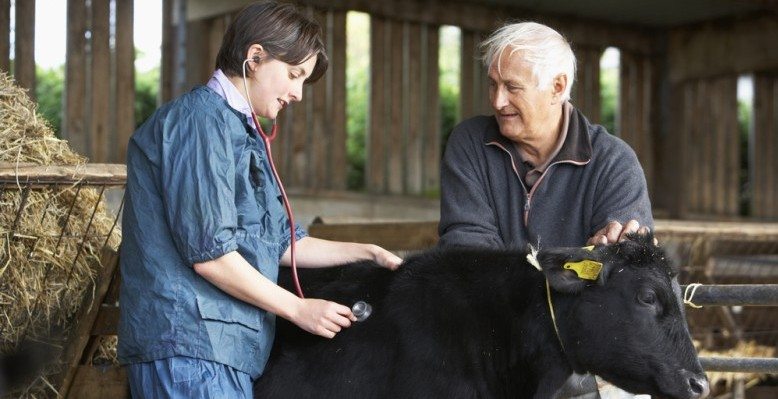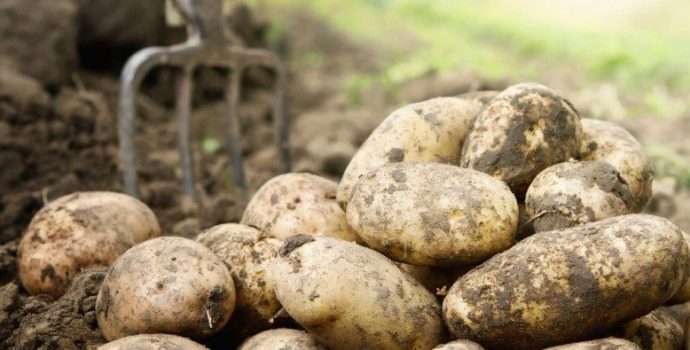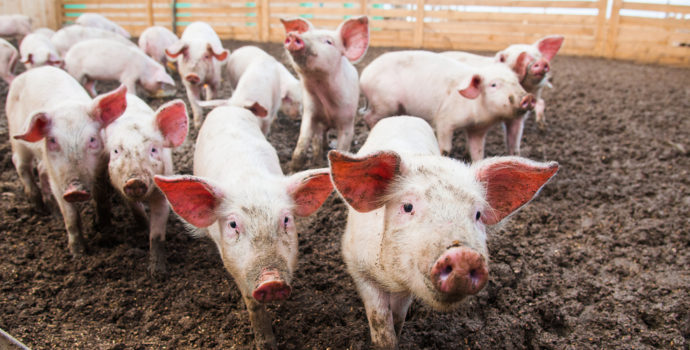IFA Outline Requirements for a Bvd Eradication Programme

IFA Animal Health Chairman John Waters outlined the approach that should be taken in dealing with BVD on a national basis.
He said, “In order to provide farmers with the necessary support and guidance to eliminate BVD from their farms, and for Ireland to maintain its status as a leading food producing country, we must have a national BVD eradication programme.”
“The on farm benefits of BVD eradication have been identified through improved production levels on farm, reduced veterinary bills and the significant savings associated with not having to vaccinate annually.”
Following extensive discussions at IFA County Executive level, John Waters said there is strong farmer support for a programme to eradicate BVD from the national herd provided the programme is cost effective and can achieve its objectives over a reasonable time frame.
The IFA chairman said farmers have identified a number of key issues that should be included in a national eradication programme, all of which have formed the basis for IFA’s response to the AHI consultation process on BVD eradication.
Identifiable achievable targets including a completion date for national eradication;
Compulsory veterinary involvement should not be necessary due to the advances in testing methods;
Available on a voluntary participation basis to all farmers for 2012;
The option available to farmers of ordering the national identification tag with the capability of taking the ear-notch sample for testing;
The cost of testing must be reduced and support from the Department of Agriculture should be available towards the additional costs associated with the ear-notch tag and the BVD test in order to ensure the programme is not cost preventative;
Incentive from the Department of Agriculture to farmers towards the cost of disposal of PI animals provided the disposal takes place within an agreed time frame of receipt of results;
The use of only laboratories which are accredited to recognised standards.
The programme should ensure all test results are returned to the herd-owner within a minimum agreed time frame; all test results are returned in a standard certifying format allowing the farmer to declare the status of his animal at sale time; the facility for the reassessment of samples at the request of the herd-owner; all farmers are provided with detailed information of the costs of BVD on their farm and of the benefits of eradicating it, including the options available in dealing with a PI animal and the necessary follow up checks to achieve eradication; any one sub-sector is not exposed to a disproportionate level of cost burden in achieving eradication and assistance is provided where the welfare of the animal requires the replacement of a calf removed as a PI;
The programme should be flexible in order to allow issues that arise be dealt with and incorporated into the programme;
The programme should be reviewed in full after 6 months in order to establish the appropriate approach and policy for subsequent years.
He said, “In advance of the programme start date, an awareness campaign should be undertaken, highlighting the benefits of eradicating BVD nationally and at farm level.”
Concluding, Mr Waters said, “It is now up to AHI to design a programme that meets the requirements of farmers and achieves its objectives. This programme must be available at the latest for the 2012 calving season.”




